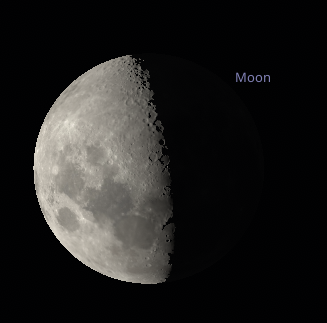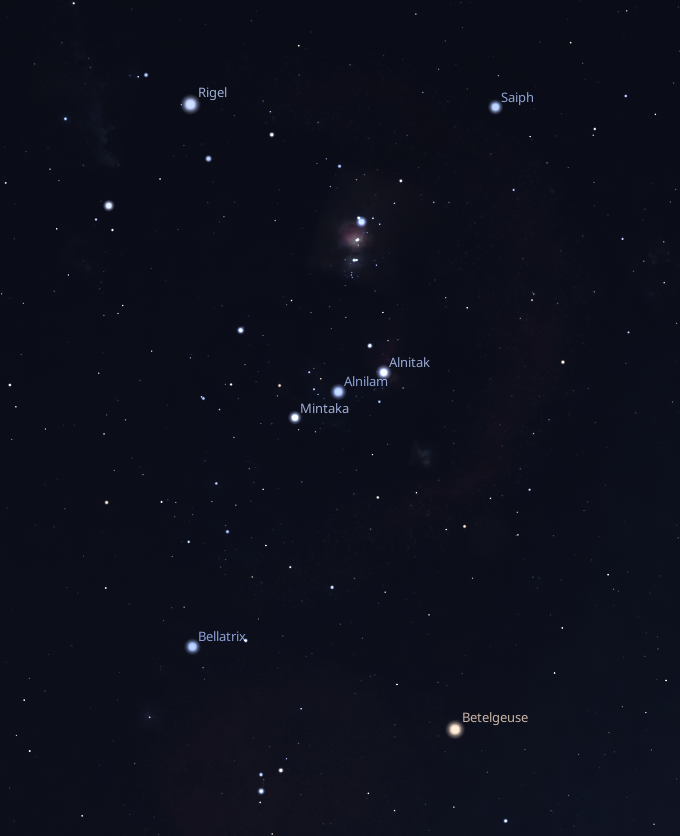Better late than never 🙂
As the nights get longer, gotta love the effect of the axial tilt of the Earth (23.5 deg.), and after hot days, what better way than to spend time un-stressing by observing the cooler night sky.
Sandgropers should head to the beach just before 7pm armed with a local take away or a picnic dinner and start the relaxation with watching a sunset. By 7.30pm, sky watching can commence with the majestic orb of Jupiter sitting 30 deg. above the NW in the constellation of Aries the Ram.

Wait another 30 minutes and get the young ones involved to try and imagine an upside down ‘sheep’ with Jupiter marking its front left hoof; maybe get them to design their own constellation by mapping out bright star patterns and naming their constellation, I know I did at Murdoch University in Astronomy 101 SO many years ago, mine was Wally the Whale.

Next, everyone’s favorite, the Moon. Heading to full next Saturday 24th at 7:48am, watch over a few days in binoculars and see how the shadows cast by high craters get shallower and the Maria (seas) get brighter. Try sketching or photographing as next week we’ll look post Full Moon and see how the shadows change.



Still around 8pm, the constellation of Orion sits 60 deg. above due North.

In Celtic mythology he was ‘Cernunnos’, the god of fertility, life, animals and wealth, to the NT Aborigines ‘Julpan’, 3 men in a canoe (the belt stars), to Astronomers, the Nebula in his sword contains one of the nearest and most active stellar nurseries in our Milky Way Galaxy i.e. gas and dust are contracting, resulting in the formation of new stars.
Head back to the beach on Friday morning around 5am, armed with a cuppa or shake to see Mars and Venus a mere 0.5 deg apart and 10 deg. above the East to ESE.

Dr Craig Bowers

Leave a comment